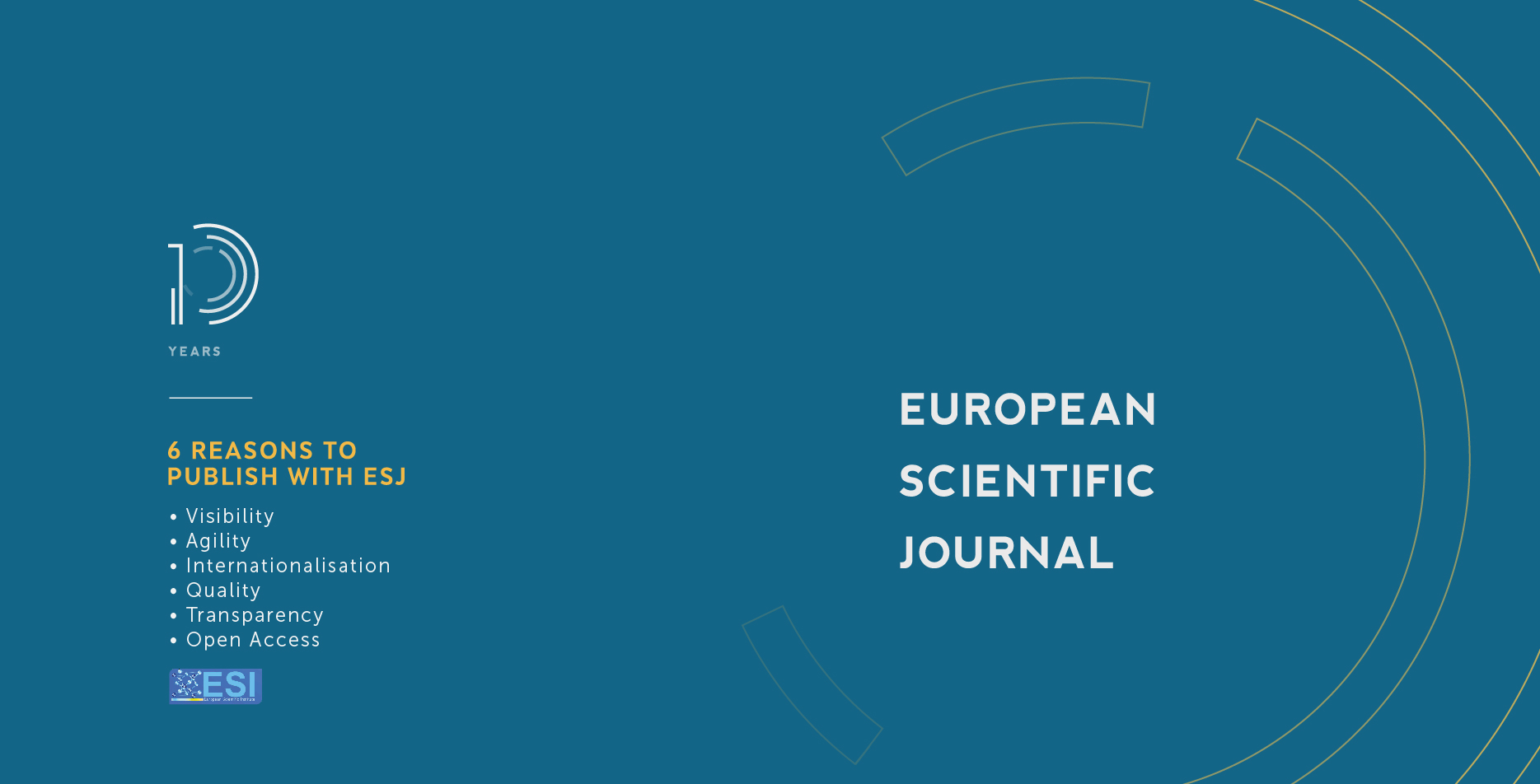Fyodor Dostoevsky’s Epilepsy: In Connection with His Novel
Abstract
Fyodor Dostoevsky, aside from his intelligent structure use of epilepsy by combining it into his novels, essential idea "a moment of happiness is worth a lifetime" was perhaps stimulated by his epileptic aura. As mentioned in the article, he presented the first signs of epilepsy in early adulthood, but he was only diagnosed a decade later. For diagnosis, even Sigmund Freud, the father of psychoanalysis, theorized and wrote a book precisely for Fyodor's condition. Later, in the modern era with the new prognosis for epileptic types, so many neurologists with constant referral on his books and novels realized Fyodor had suffered from temporal lobe epilepsy. The most influential for this comprehension was The Brothers Karamazov (1879-1880). Freud defined The Brothers Karamazov as the most powerful novel and story ever written.
Downloads
Metrics
PlumX Statistics
References
2. Dostoevsky Fyodor (2003). “The Brothers Karamazov”. Penguin Books. P:635-636,763-764.
3. Dostoevsky Fyodor (2004). “The Idiot”, Penguin Books.
4. Dostoevsky Fyodor (2009). “Notes from Underground and the Double”, Penguin Books. P: 23-24.
5. French, J. A., Williamson, P. D., & Thadani, V.M. (1993). “Characteristics of medial temporal lobe epilepsy: I. Results of history and physical examination”. Annals of Neurology.
6. Freud Sigmund (1961). “The Standard Edition of the Complete Psychological Works of Sigmund Freud”.
7. Gastaut, H. (1970). “Clinical and electroencephalographical classification of epileptic seizures”.
8. Gloor, P. (1986). “Consciousness as a neurological concept in epileptology: a critical review.” Epilepsia.
9. Gloor, P., Olivier, A., Quesney, L. F., Andermann, F., & Horowitz, S. (1982). “The role of the limbic system in experimental phenomena of temporal lobe epilepsy”. Annals of Neurology.
10. Janko Lavrin (1969). “A Note on Nietzsche and Dostoevsky.” The Russian Review, vol. 28, JSTOR.. P: 168.
11. Labate, A., Ventura, P., & Gambardella, et al. (1970). “MRI evidence of mesial temporal sclerosis in sporadic “benign” temporal lobe epilepsy”. Neurology. 1970..
12. Rodriguez, A. J., Buechler, R. D., & Lahr, B. D. (2007). “Temporal lobe seizure semiology during wakefulness and sleep”, Epilepsy Research..
13. Williamson, P., Wieser, H., & Delgado-Escucta, A. (1987). “Clinical characteristics of partial seizures. In: Engel J Jr., editor. Surgical Treatment of the Epilepsies. New York, NY, USA: Raven Press”.
14. Zweig Stefan (2001). “Tres maestros: Balzac-Dickens-Dostoyevski”. Porrúa.
Copyright (c) 2022 Parham Khanmokhtari, Lali Koptonashvili

This work is licensed under a Creative Commons Attribution-NonCommercial-NoDerivatives 4.0 International License.








